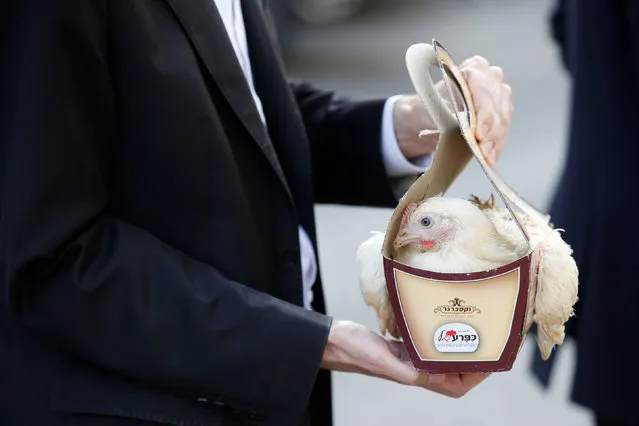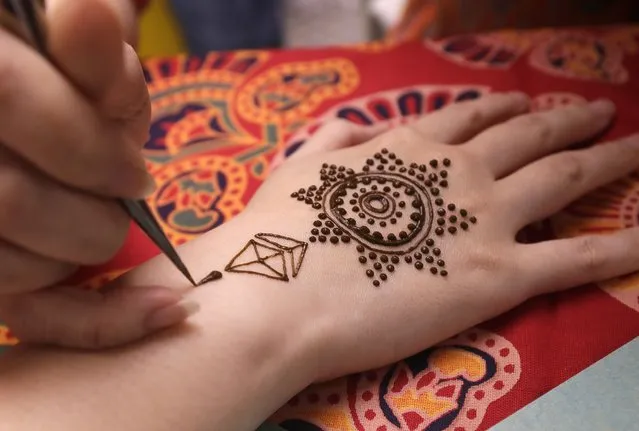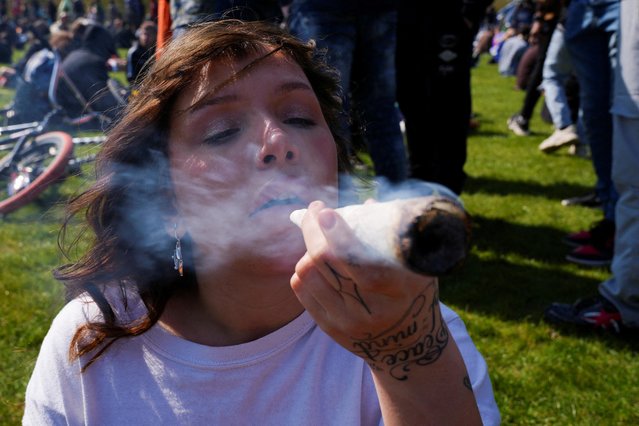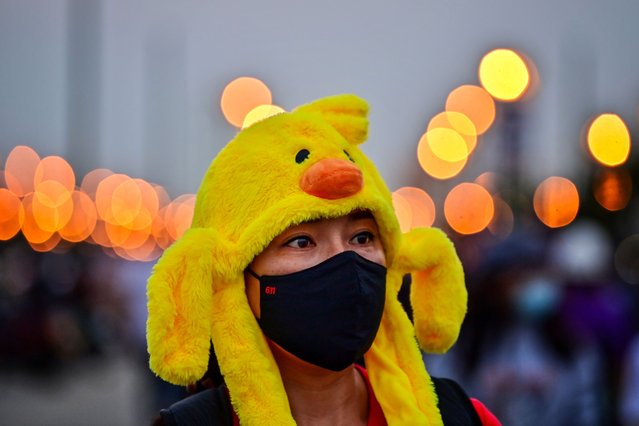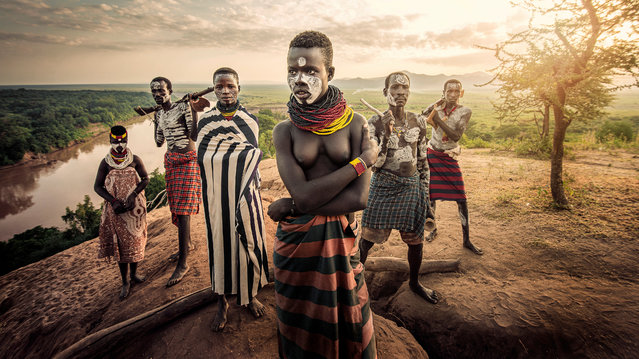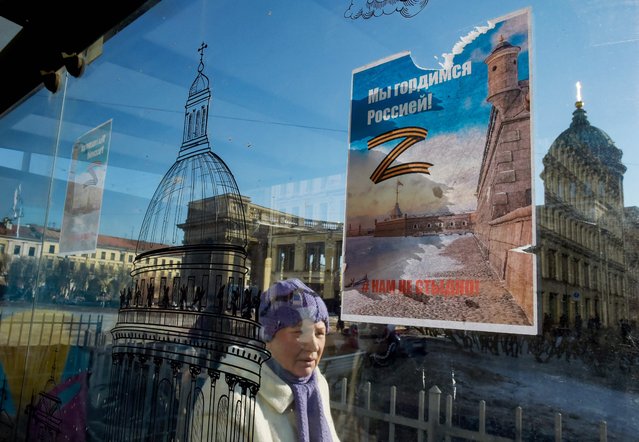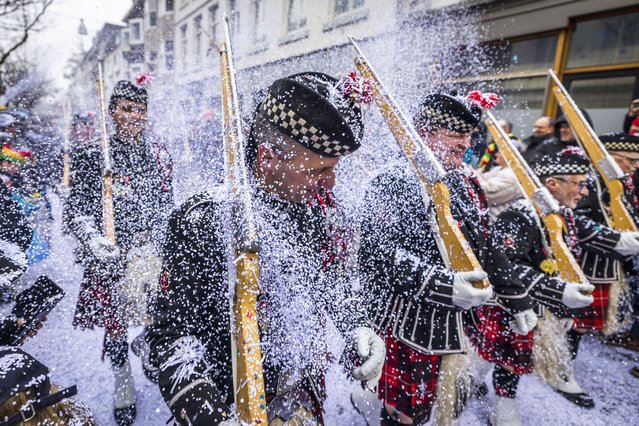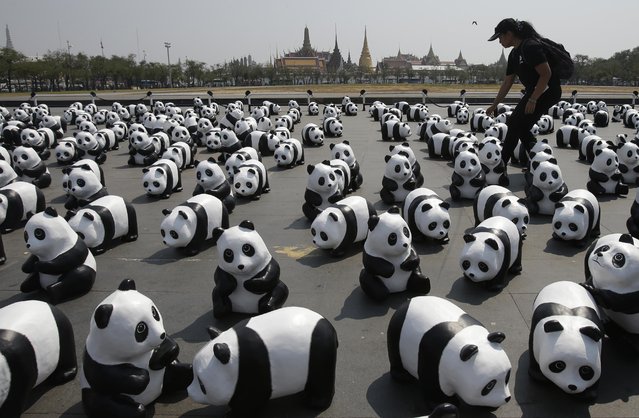
A worker displays paper pandas created by French artist Paulo Grangeon in front of the Grand Palace in Bangkok, Thailand, Friday, March 4, 2016. The exhibit is part of the World Wide Fund's project where the 1600 paper pandas symbolize the last pandas still present in nature.(Photo by Sakchai Lalit/AP Photo)
05 Mar 2016 12:09:00,post received
0 comments

